Researchers have ‘hacked’ DNA to develop self-assembling metallic and semiconductor 3D nanostructures, the building blocks for next-generation materials.
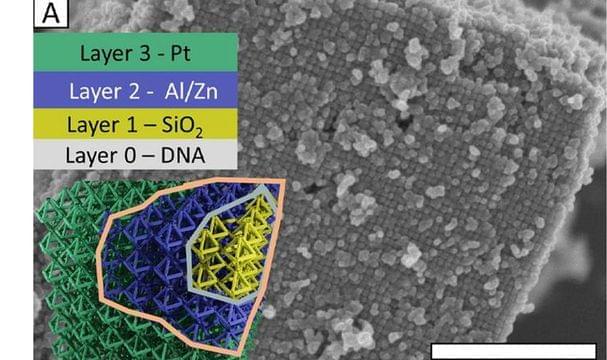

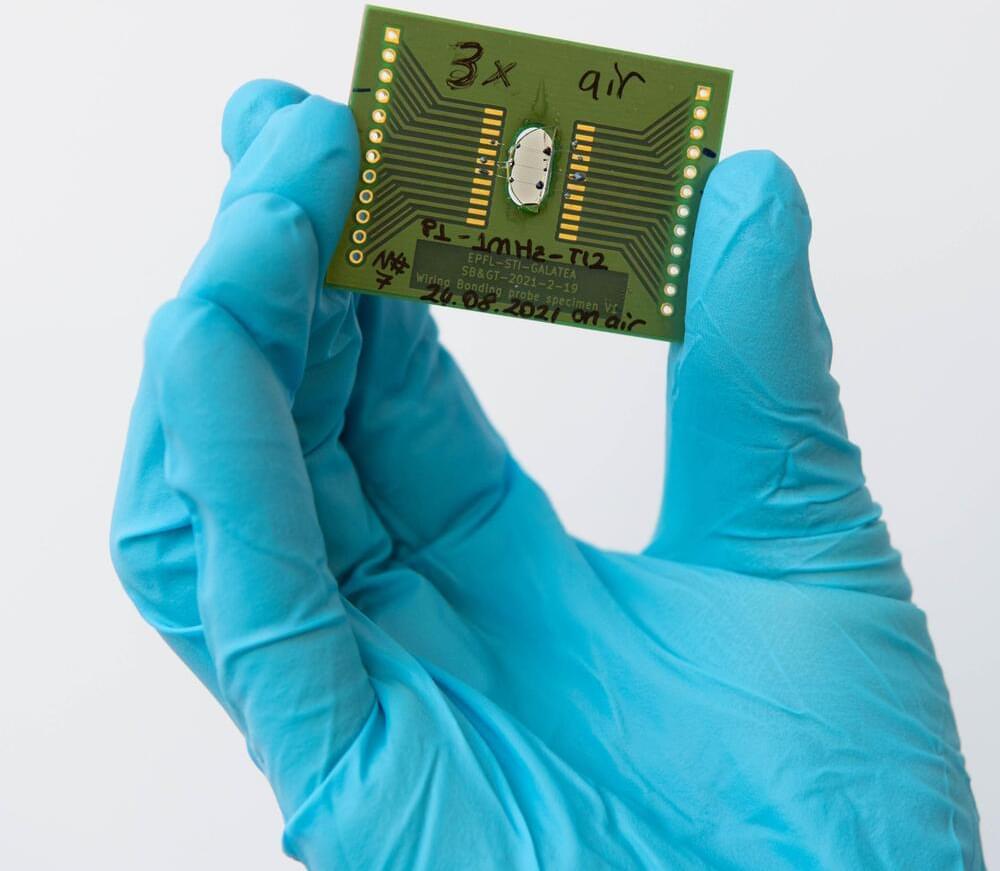
What happens when you expose tellurite glass to femtosecond laser light? That’s the question that Gözden Torun at the Galatea Lab at Ecole Polytechnique Federale de Lausanne, in collaboration with Tokyo Tech scientists, aimed to answer in her thesis work when she made the discovery that may one day turn windows into single material light-harvesting and sensing devices. The results are published in Physical Review Applied.
Interested in how the atoms in the tellurite glass would reorganize when exposed to fast pulses of high energy femtosecond laser light, the scientists stumbled upon the formation of nanoscale tellurium and tellurium oxide crystals, both semiconducting materials etched into the glass, precisely where the glass had been exposed. That was the eureka moment for the scientists, since a semiconducting material exposed to daylight may lead to the generation of electricity.
“Tellurium being semiconducting, based on this finding we wondered if it would be possible to write durable patterns on the tellurite glass surface that could reliably induce electricity when exposed to light, and the answer is yes,” explains Yves Bellouard who runs EPFL’s Galatea Laboratory. “An interesting twist to the technique is that no additional materials are needed in the process. All you need is tellurite glass and a femtosecond laser to make an active photoconductive material.”
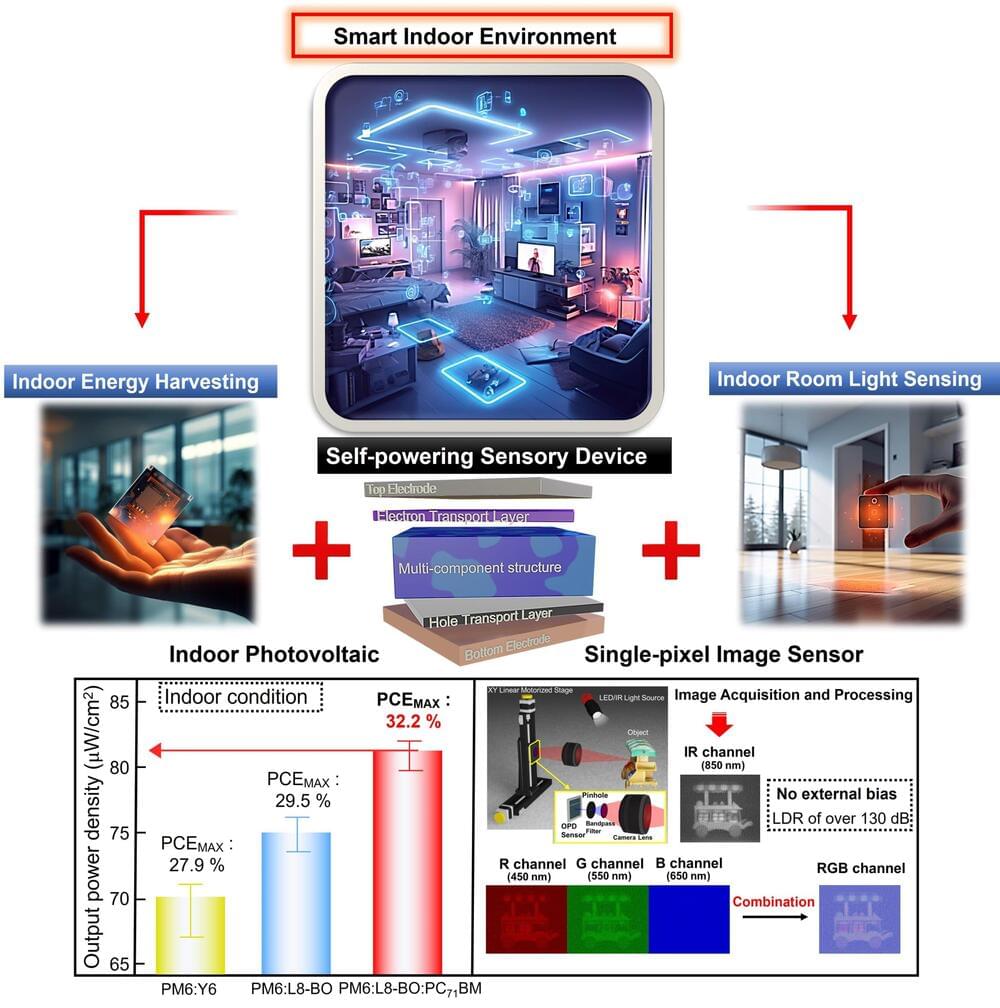
Organic-based optoelectronic technology is increasingly recognized as an energy-efficient solution for low-power indoor electronics and wireless IoT sensors. This is largely due to its superior flexibility and light weight compared to conventional silicon-based devices. Notably, organic photovoltaic cells (OPVs) and organic photodetectors (OPDs) are leading examples in this field.
OPVs have the remarkable ability to absorb energy and generate electricity even under very low light conditions, while OPDs are capable of capturing images. However, despite their potential, the development of these devices has thus far been conducted independently. As a result, they have not yet reached the level of efficiency necessary to be considered practical for next-generation, miniaturized devices.
A Korea Institute of Science and Technology (KIST) research team, led by Dr. Min-Chul Park and Dr. Do Kyung Hwang of the Center for Opto-Electronic Materials and Devices, Prof. Jae Won Shim and Prof. Tae Geun Kim of the School of Electrical Engineering at Korea University, Prof. JaeHong Park of the Department of Chemistry and Nanoscience at Ewha Womans University, have now developed an organic-based optoelectronic device.
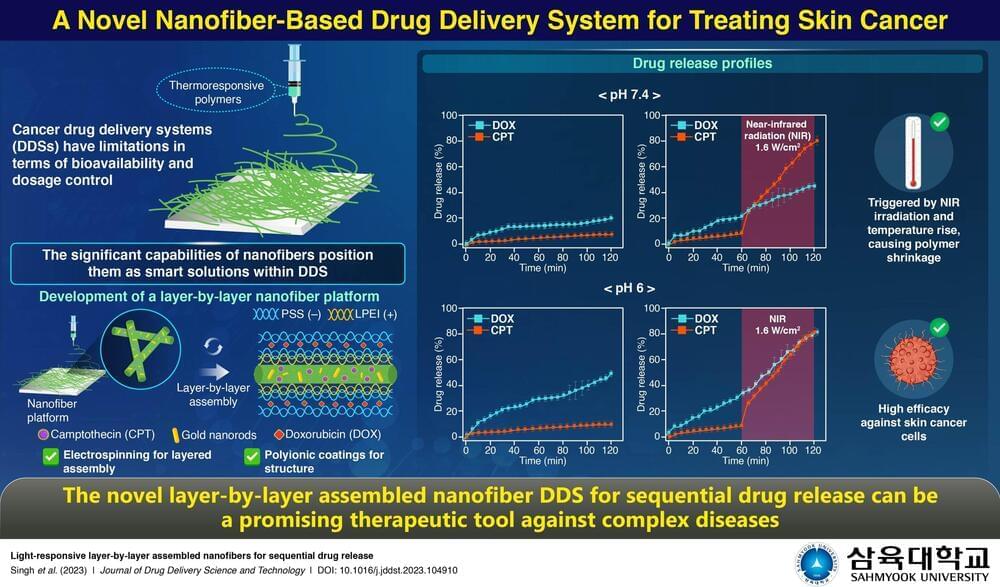
Treating complex diseases such as skin cancer often requires simultaneous administration of multiple anticancer drugs. The delivery of such life-saving therapeutic drugs has evolved with the rise of nanotechnology-based drug carriers. Nanoplatforms offer numerous advantages, including increased bioavailability, lowered dosages, and improved biodistribution.
Now a team of researchers, led by Professor Myoung-Hwan Park from Sahmyook University in South Korea, has developed a light-responsive nanofiber-based novel drug delivery system (DDS) targeting skin cancer. The DDS was studied in a detailed manner, beginning with its synthesis and characterization to its biocompatibility, drug release profile, and efficacy against skin cancer. These research findings are published in the Journal of Drug Delivery Science and Technology.
Explaining the motivation behind the present research, Dr. Park states, “Conventional drugs can be efficiently delivered in a controlled manner through nano-engineered platforms, and such an approach increases the overall effectiveness of the treatment. This approach improves outcomes in cancer drug therapy by ensuring precise delivery at optimal dosages.”
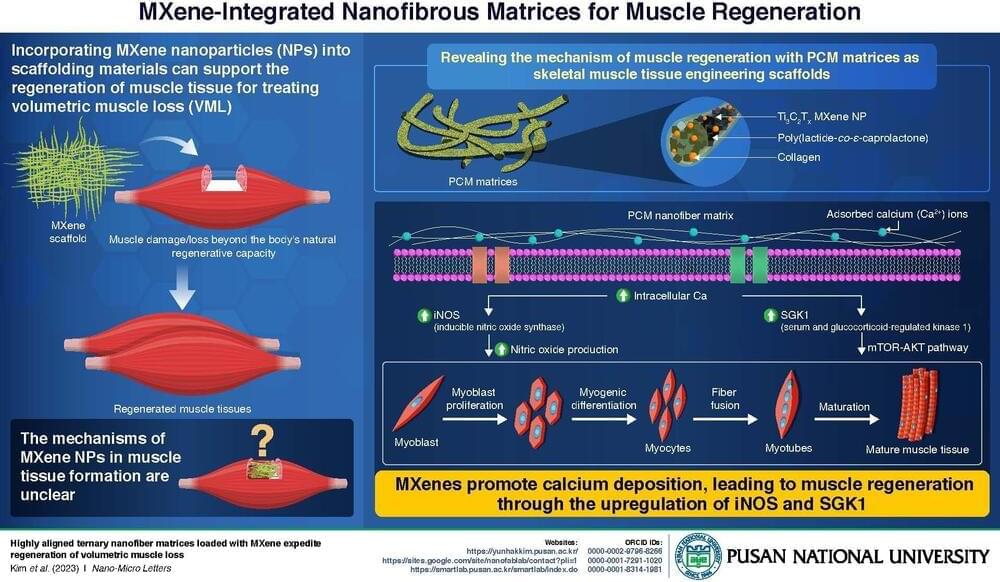
Tissue engineering, which involves the use of grafts or scaffolds to aid cell regeneration, is emerging as a key medical practice for treating volumetric muscle loss (VML), a condition where a significant amount of muscle tissue is lost beyond the body’s natural regenerative capacity. To improve surgical outcomes, traditional muscle grafts are giving way to artificial scaffold materials, with MXene nanoparticles (NPs) standing out as a promising option.
MXene NPs are 2D materials primarily composed of transition-metal carbides and nitride. They are highly electrically conductive, can accommodate a wide range of functional groups, and have stacked structures that promote cell interactions and muscle growth. While there have been practical demonstrations in the laboratory showcasing their ability to promote the reconstruction of skeletal muscles, the specific mechanism by which they do so remains unclear.
To address this gap, Associate Professor Yun Hak Kim from the Department of Anatomy and Department of Biomedical Informatics, alongside Professors Suck Won Hong, and Dong-Wook Han from the Department of Cogno-Mechatronics Engineering at Pusan National University developed nanofibrous matrices containing MXene NPs as scaffolds. They used DNA sequencing to reveal the genes and biological pathways activated by MXene NPs to aid in muscle regeneration.
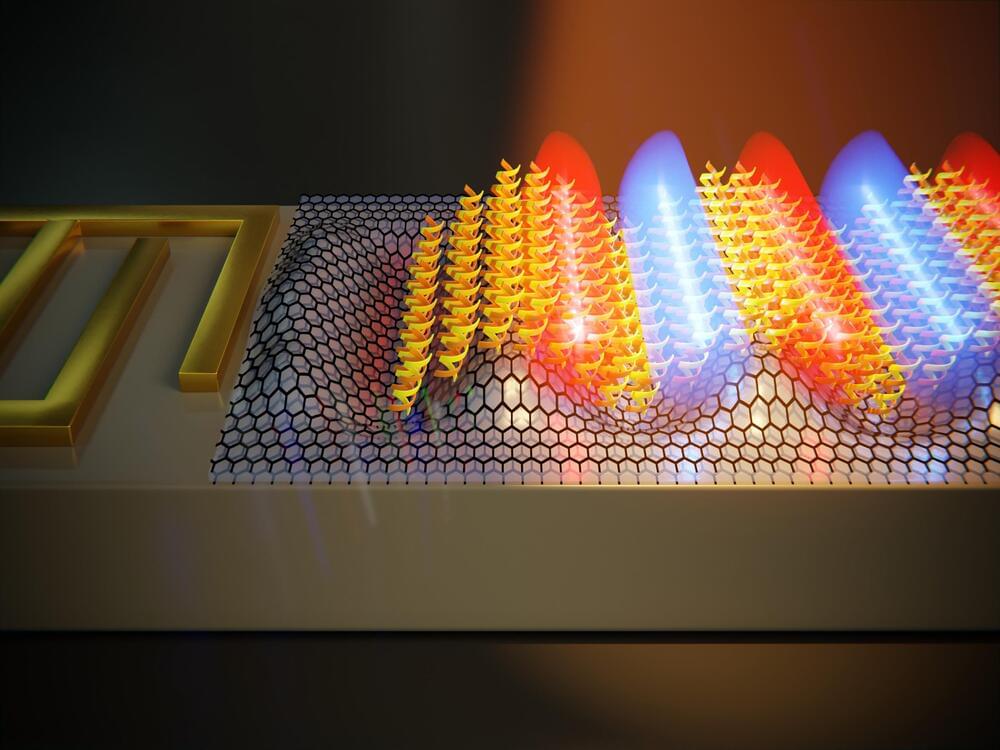
A team of researchers from the Institute for Optoelectronic Systems and Microtechnology at Universidad Politécnica de Madrid (UPM) has designed a biosensor capable of identifying proteins and peptides in quantities as low as a single monolayer. For that, a surface acoustic wave (SAW), a kind of electrically controlled nano earthquake on a chip, is generated with an integrated transducer to act on a stack of 2D materials coated with the biomolecules to be detected.
As they report in the journal Biosensors and Bioelectronics in an article titled “Surface–acoustic-wave-driven graphene plasmonic sensor for fingerprinting ultrathin biolayers down to the monolayer limit,” the SAW would ripple the surface of a graphene-based stack in such a way that it confines mid–infrared light to very small volumes, enhancing light-matter interactions at the nanoscale.
In particular, quasiparticles that are part light (photons) and part matter (electrons and lattice vibrations), called surface plasmon-phonon polaritons, are formed at the rippled stack interplaying strongly with the molecules atop.
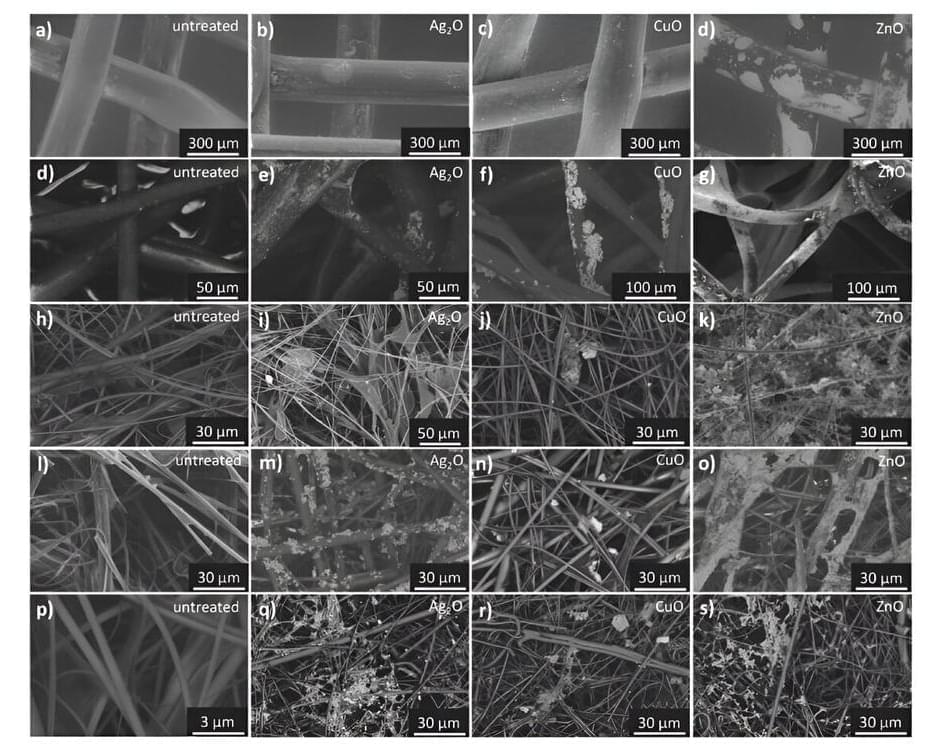
A novel nanoparticle spray coating process has been shown to all but eliminate the growth of some of the world’s most dangerous bacteria in air filtration systems, significantly reducing the risk of airborne bacterial and viral infections.
That’s the principal finding of a study, led by researchers from IMDEA Materials Institute in collaboration with scientists from the Networking Biomedical Research Center in Respiratory Diseases (CIBERES) and Rey Juan Carlos University (URJC) in Madrid, Spain. The study was published in Materials Chemistry and Physics.
The study, “Control of microbial agents by functionalization of commercial air filters with metal oxide particles,” tested various spray coatings of silver (Ag2O), copper (CuO) and zinc (ZnO) oxides as low-cost antiviral and antibacterial filters when applied to commercially available air filtration systems.
The mysterious Lycurgus Cup is convincing evidence that ancient Romans used nanotechnology, or at least knew how to get the desired effects, long before the availability of modern technology.
The cup is made of a special type of glass known as dichroic, meaning “two-colored” in Greek, which changes hue when held up to the light. It is opaque green but turns to glowing translucent red when light shines through it.
The Lycurgus Cup owes its unusual properties to the use of tiny quantities of colloidal gold and silver. The rim of the cup is mounted with a silver-gilt band of leaf ornament. Its type is known as a “cage cup,” as it consists of a cage around the glass.
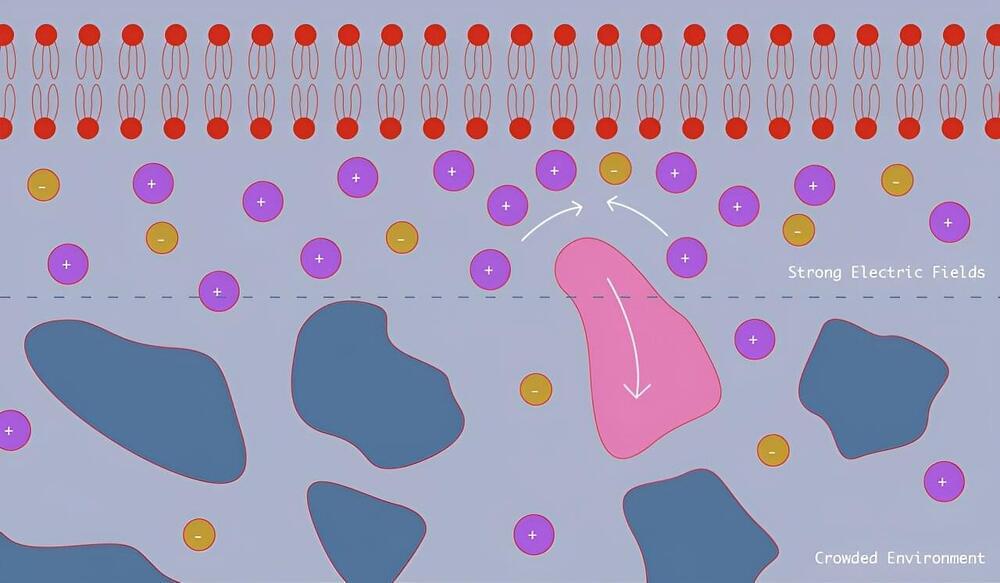
The humble membranes that enclose our cells have a surprising superpower: They can push away nano-sized molecules that happen to approach them. A team including scientists at the National Institute of Standards and Technology (NIST) has figured out why, by using artificial membranes that mimic the behavior of natural ones. Their discovery could make a difference in how we design the many drug treatments that target our cells.
The team’s findings, which appear in the Journal of the American Chemical Society, confirm that the powerful electrical fields that cell membranes generate are largely responsible for repelling nanoscale particles from the surface of the cell.
This repulsion notably affects neutral, uncharged nanoparticles, in part because the smaller, charged molecules the electric field attracts crowd the membrane and push away the larger particles. Since many drug treatments are built around proteins and other nanoscale particles that target the membrane, the repulsion could play a role in the treatments’ effectiveness.

Light can behave in strange ways when it interacts with materials. For example, in a photonic material that consists of periodic arrangements of nanoscale optical cavities, light can slow to a crawl or even stop altogether. Theorists have explained this phenomenon for some of these photonic “metacrystals” using the simplifying assumption that the light in each cavity interacts only with the light in its nearest neighbor cavities. But recent observations of photonic metacrystals with larger unit cells suggest that longer-range interactions should also be considered. Now Thanh Xuan Hoang at the Agency for Science, Technology and Research in Singapore and collaborators have theoretically confirmed the importance of long-range interactions for slowing or stopping light in a one-dimensional photonic metacrystal [1]. The team says that the finding could be used to help researchers design nanoparticle arrays for analog image processing and optical computing.
For their study, Hoang and his collaborators modeled the light–matter interactions within a row of identical dielectric nanoparticles whose diameters were similar to the wavelength of the light. Such a system is relatively tractable with precise solutions, making it a useful tool for investigating the long-range effects hinted at by recent experiments.
When the researchers extended their one-dimensional system to hundreds of nanoparticles, they found that they could collectively excite the particles by oscillating a nearby electric dipole. The resulting system displayed a resonant state that slowed a specific wavelength of light. This outcome occurred only when long-range interactions between particles were permitted. Hoang likens the dipolar emitter to the conductor of an orchestra and the particles to musicians. The nanoparticles harmonize under the conductor’s direction to create a cohesive piece, he says.